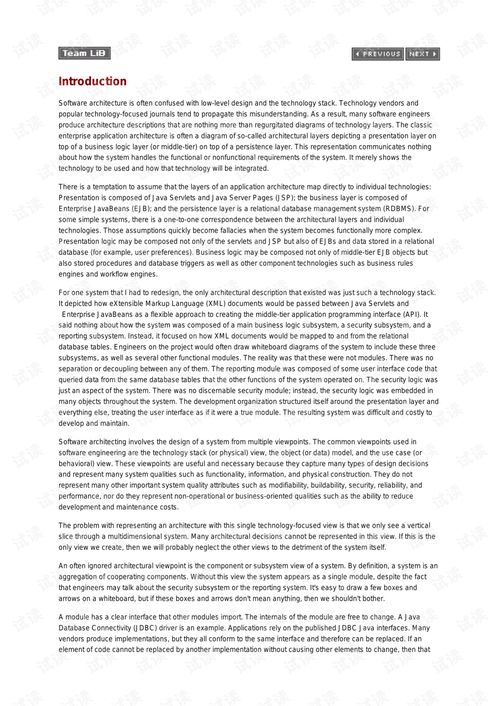Content:
Introduction: Shallow water fishing is a popular and enjoyable activity that allows anglers to catch fish in a variety of environments. Whether you are targeting bass, panfish, or other species, mastering the art of floating fishing can greatly enhance your chances of success. One of the key aspects of successful shallow water fishing is understanding how to properly tune your fishing gear, particularly your float or bobber. In this article, we will explore the essential tuning techniques for floating fishing in shallow waters.
Understanding the Float: The float, also known as a bobber, is a crucial component of floating fishing. It allows you to present your bait at the desired depth and detect subtle movements from fish. To effectively use a float, it is important to understand its function and how it interacts with the water.
Choosing the Right Float: The first step in tuning your float is to choose the right one for your specific fishing conditions. Factors such as water clarity, depth, and the type of fish you are targeting should be considered when selecting a float. Generally, lighter floats are suitable for clear water and deeper depths, while heavier floats are better for murky water and shallower depths.
Adjusting the Float: Once you have chosen the appropriate float, it is important to adjust it to the desired depth. This can be done by adding or removing shot from the float's skirt or by using a slip shot rig. To adjust the float, start by tying a knot at the end of your line and sliding the float onto the line. Then, attach your bait or lure to the end of the line and add or remove shot until the float reaches the desired depth. It is important to note that the weight of the shot should be sufficient to keep the float upright, but not so heavy that it sinks too quickly.

Balancing the Float: Properly balancing the float is crucial for detecting subtle movements from fish. To balance the float, ensure that the weight of the shot is evenly distributed along the length of the float. This can be achieved by adding or removing shot at different points along the skirt. Experiment with different placements to find the most sensitive and responsive setup.
Tuning the Sinker: In addition to adjusting the float, it is important to tune the sinker or weight at the end of your line. The sinker's purpose is to keep your bait or lure at the desired depth. To tune the sinker, start by adding enough weight to keep the float upright and at the desired depth. Then, gradually adjust the weight until the float remains stable and does not move unnecessarily. It is important to note that too much weight can make it difficult to detect subtle movements from fish, while too little weight can cause your bait to sink too quickly.
Adding a Leader: In some cases, it may be necessary to add a leader between your main line and your float. A leader can help protect your main line from snags and provide a better connection to the bait. To add a leader, tie a loop knot at the end of your main line and thread the leader through the loop. Then, tie a knot at the end of the leader and attach your float or bait.
Adjusting the Float's Sensitivity: The sensitivity of your float is crucial for detecting subtle movements from fish. To adjust the float's sensitivity, experiment with different sizes and shapes of floats. Larger floats tend to be less sensitive, while smaller floats are more sensitive. Additionally, you can adjust the amount of shot on the float to control its sensitivity. Less shot will make the float more sensitive, while more shot will make it less sensitive.
Conclusion: Mastering the art of floating fishing in shallow waters requires understanding and implementing the proper tuning techniques. By choosing the right float, adjusting the float and sinker, and experimenting with different setups, you can enhance your chances of success. Remember to practice and refine your skills to become a proficient floating fisherman. Happy fishing!












